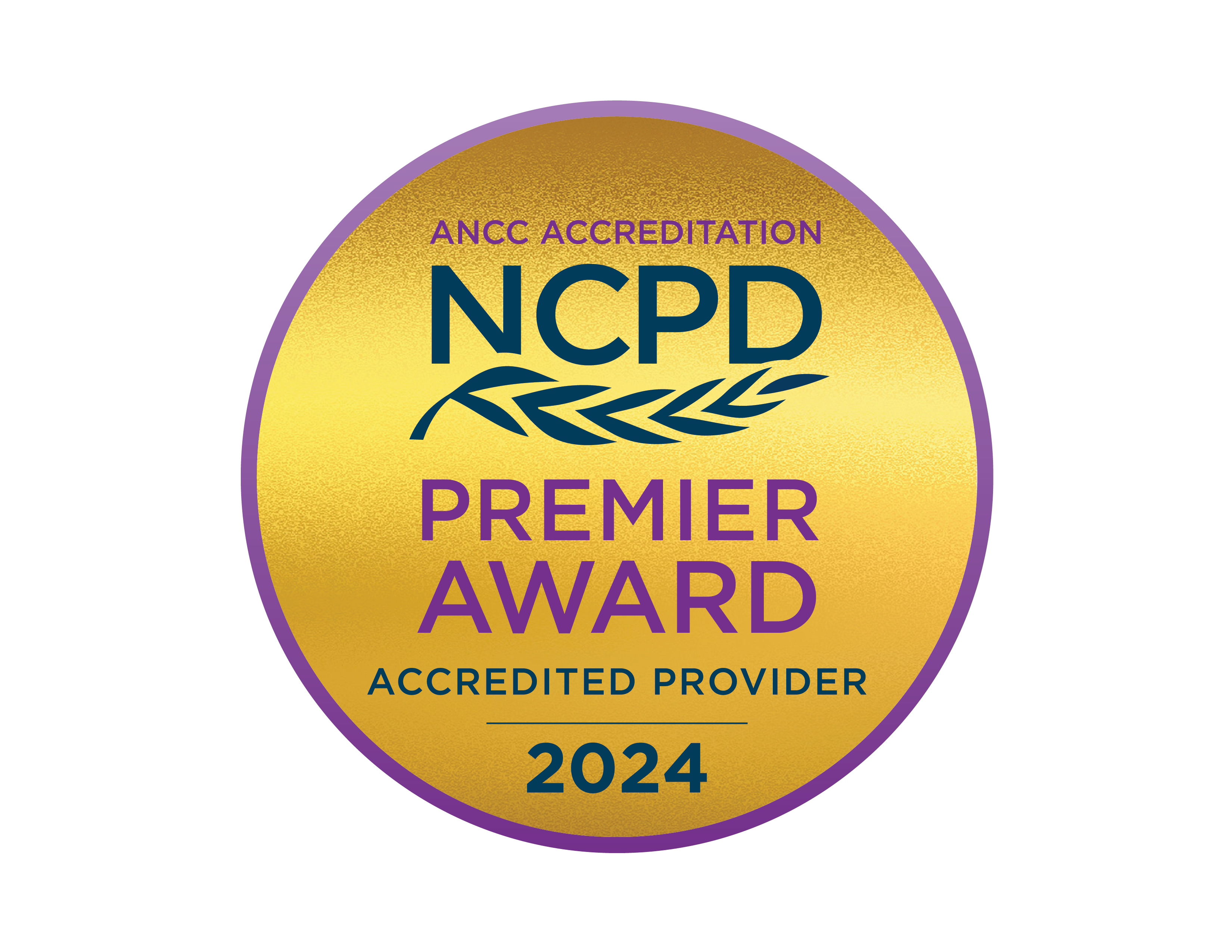Time is Brain: Management of Ischemic & Hemorrhagic Stroke
An acute stroke is a clinical emergency that requires urgent intervention. Bedside nurses play a primary role in activating these systems and providing coordinated stroke care throughout hospitalization.
Course Details
Overview
According to the American Heart Association (AHA), more than 795,000 Americans experience a stroke each year. First-time strokes account for over three-quarters of them. An acute stroke, whether ischemic or hemorrhagic, is a clinical emergency that requires urgent intervention. Immediate priorities include timely recognition of stroke symptoms and expedient activation of systems of care. Bedside nurses play a primary role in activating these systems and providing coordinated stroke care throughout hospitalization.
Presented by
Megan Burns, BSN, RN; Lauren Pomager, BSN, RN; and Bethany C. Young, MSN, RN, AGCNS-BC, CCRN
The authors work in the neurocritical care unit at the Hospital of the University of Pennsylvania in Philadelphia. Megan Burns and Lauren Pomager are RNs and Bethany C. Young is a clinical nurse specialist.
Key Learning Outcomes
- Describe key aspects of identifying stroke symptoms and activating clinical emergency systems
- Discuss acute ischemic stroke nursing interventions and treatment priorities
- Describe hemorrhagic stroke nursing interventions and treatment priorities (for both intracerebral hemorrhage and subarachnoid hemorrhage)

